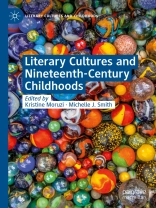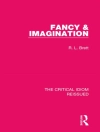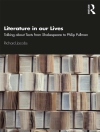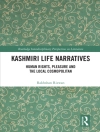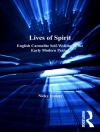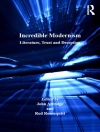Literary Cultures and Nineteenth-Century Childhoods explores the construction of the child and the development of texts for children in the nineteenth century through the application of fresh theoretical approaches and attention to aspects of literary childhoods that have only recently begun to be illuminated. This scope enables examination of the child in canonical nineteenth-century novels by Charles Dickens, Elizabeth Gaskell, Charlotte Bronte, and Thomas Hardy alongside well-known fiction intended for young readers by George Mac Donald, Christabel Coleridge, and Kate Greenaway. The century was also distinctive for the rise of the children’s magazine, and this book broadens the definition of literary cultures to include magazines produced both by, and for, young people. The volume examines how the child and family are conceptualised, how children are positioned as readers in genres including the domestic novel, school story, Robinsonade, and fantasy fiction, how literary childhoods are written and politicised, and how childhood intersects with perceptions of animals and the natural environment. The range of chapters in this collection and the texts they consider demonstrates the variability and fluidity of literary cultures and nineteenth-century childhoods.
İçerik tablosu
1. Literary Cultures and Nineteenth-Century Childhoods: An Introduction; Part I Conceptualising the Infant and Child in Nineteenth-Century Print; 2. Child Figures, Conceptualisations of Time, and Notions of Progress in Nineteenth-Century British Literature; 3. The Victorian Baby of Popular Fiction; 4. The Child Reader: Children’s Literary Culture in the Nineteenth Century; 5. “Being Editors”: Childhood Over Time; Part II Place and Nation; 6. Constructing the “Scientific” Child in Nineteenth-Century Chinese Children’s Periodicals; 7. Idols on Display: Pacific Object Lessons for the British Child; 8. “Bring[ing] back the fairy times”: Framing the Child in Frances Browne’s Granny’s Wonderful Chair; Part III Agency and Advocacy; 9. “little conversations”: Child Communities and Political Agency in the Writing of Frederick Douglas; 10. Feeding Dickens’s Dysfunctional Families: Advocating Social Surrogacy in The Adventures of Oliver Twist and Great Expectations; Part IV Gender, Nature and the Animal; 11. “No other air, and no better water, than were to be obtained in her native parish”: The Intellectual World of Jane Taylor’s Display: A Tale for Young People; 12. Alienated Girlhood in Works by Christabel Coleridge; 13. “To a Joyous Land”: Nature and Gender in Kate Greenaway’s The Pied Piper of Hamelin; 14. Captive Animals and Disabled Children at the London Zoo
Yazar hakkında
Kristine Moruzi is an Associate Professor in the School of Communication and Creative Arts at Deakin University, Australia. She has written two monographs,
Constructing Girlhood through the Periodical Press, 1850-1915 (2012) and
From Colonial to Modern: Transnational Girlhood in Canadian, Australian, and New Zealand Children’s Literature, 1840-1940 (with Michelle J. Smith and Clare Bradford, 2018). She is co-editor (with Nell Musgrove and Carla Pascoe Leahy) of
Children’s Voices from the Past: New Historical and Interdisciplinary Perspectives (2019).
Michelle J. Smith is an Associate Professor in Literary Studies at Monash University, Australia. Her most recent monograph is Consuming Female Beauty: British Literature and Periodicals, 1840-1914 (2022). Her other authored books are From Colonial to Modern: Transnational Girlhood in Canadian, Australian, and New Zealand Children’s Literature, 1840-1940 (2018, with Clare Bradford and Kristine Moruzi) and Empire in British Girls’ Literature and Culture: Imperial Girls, 1880–1915 (2011).
